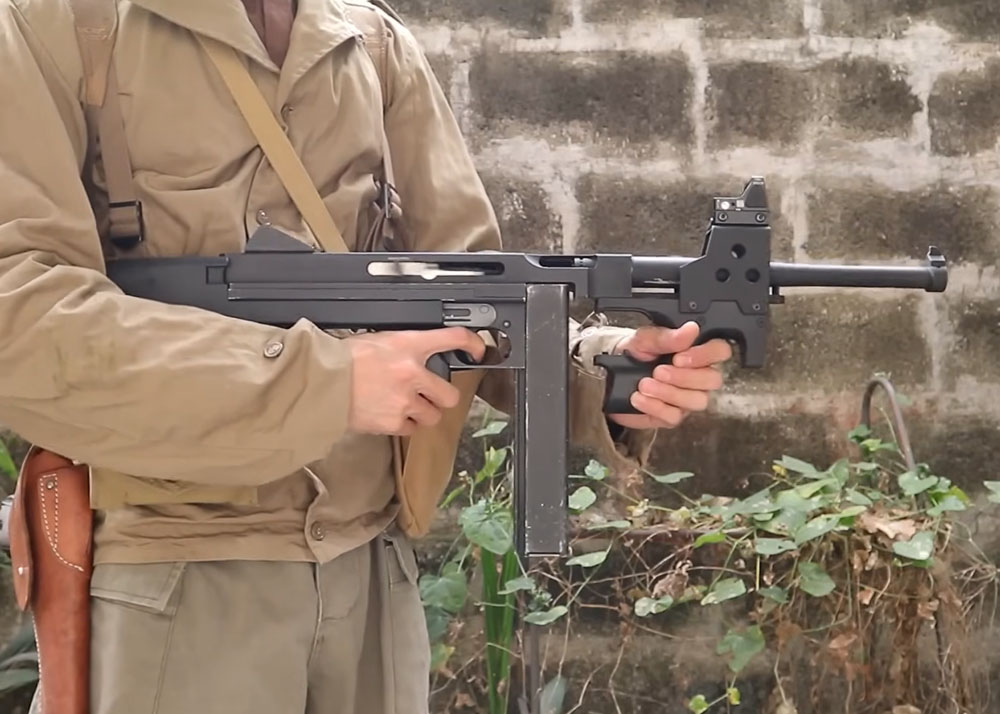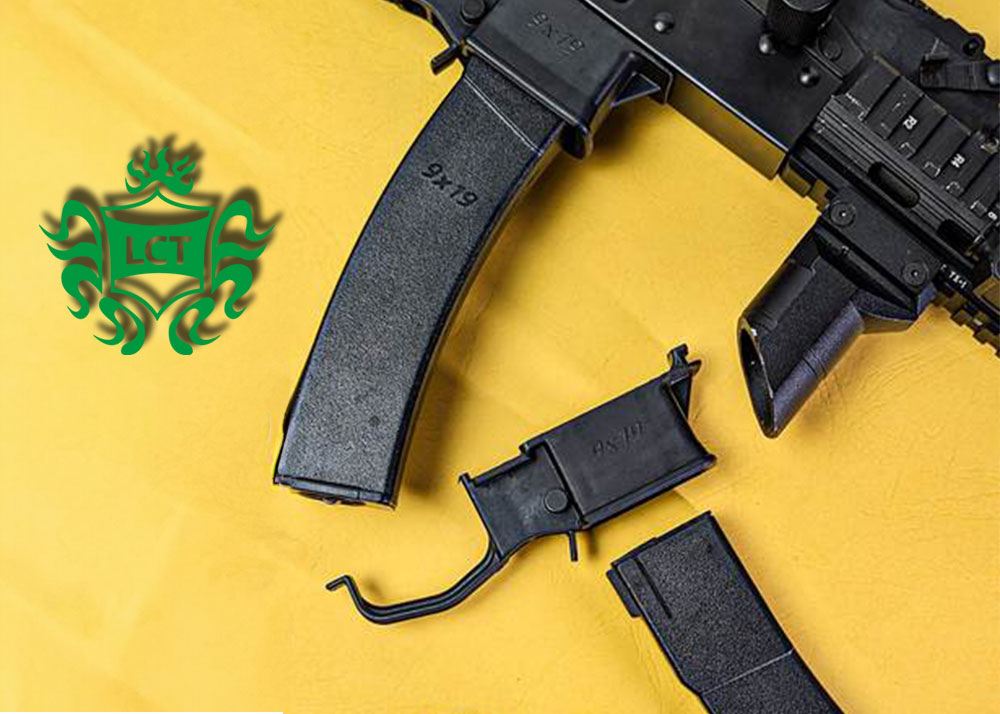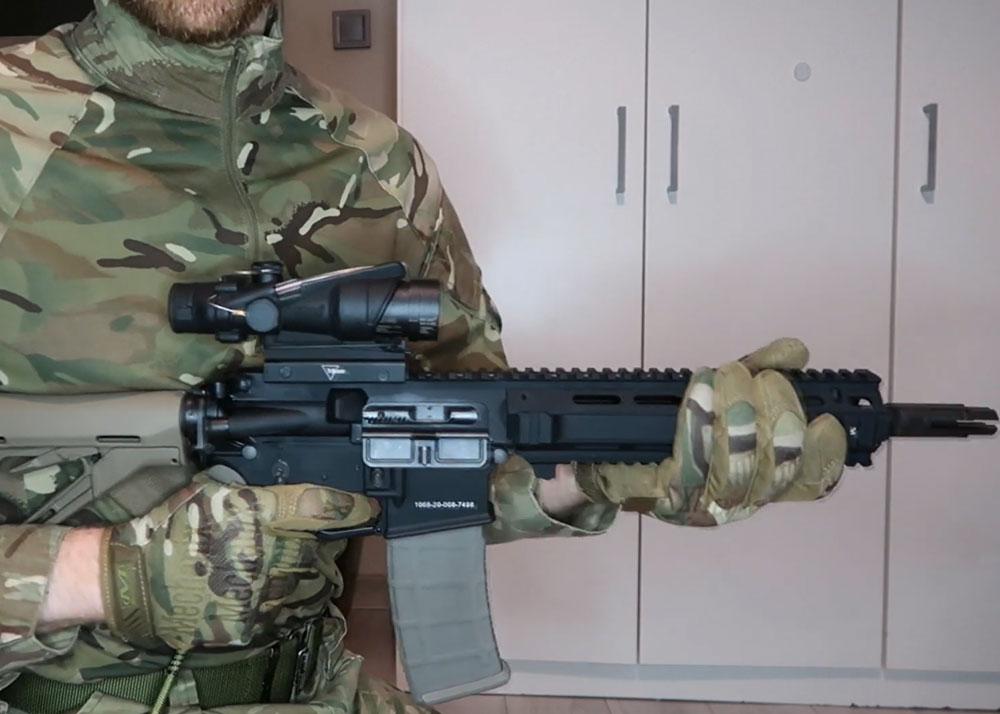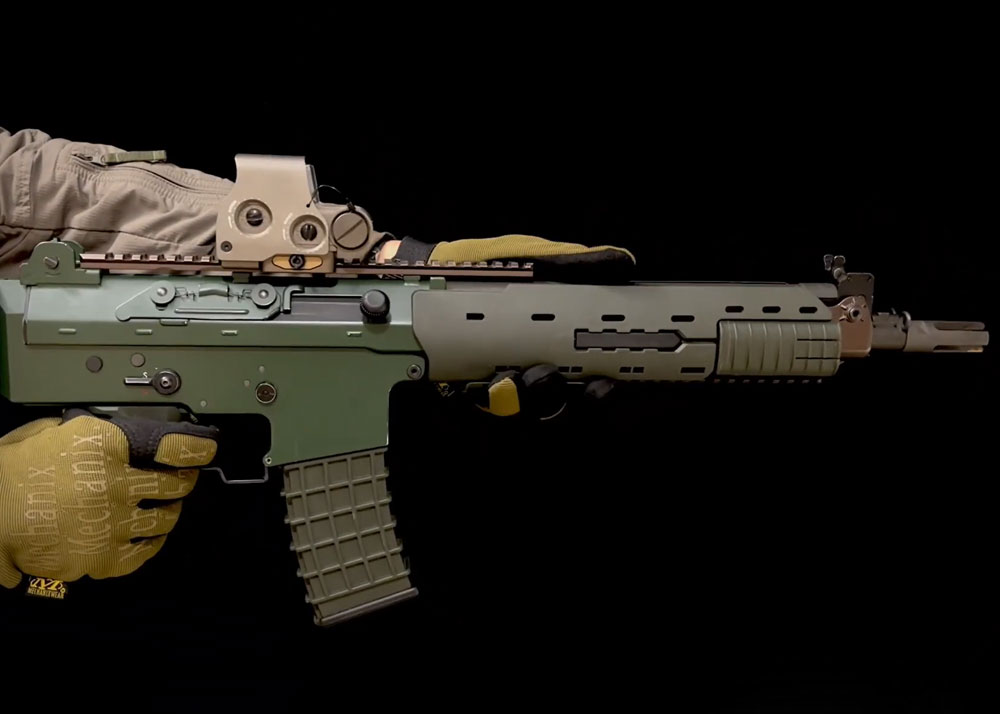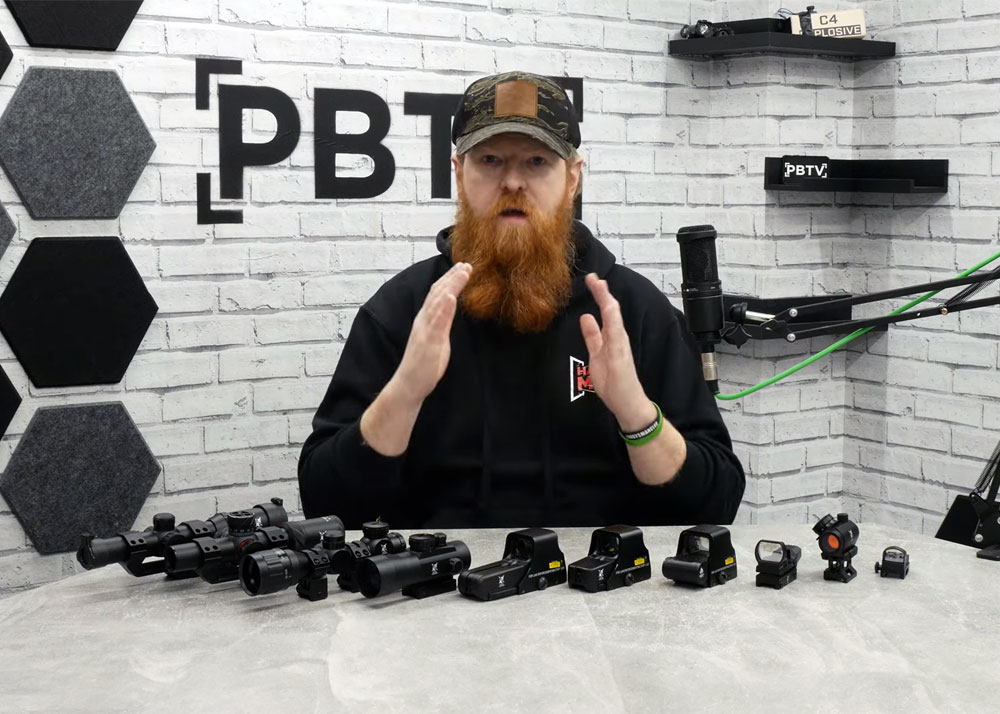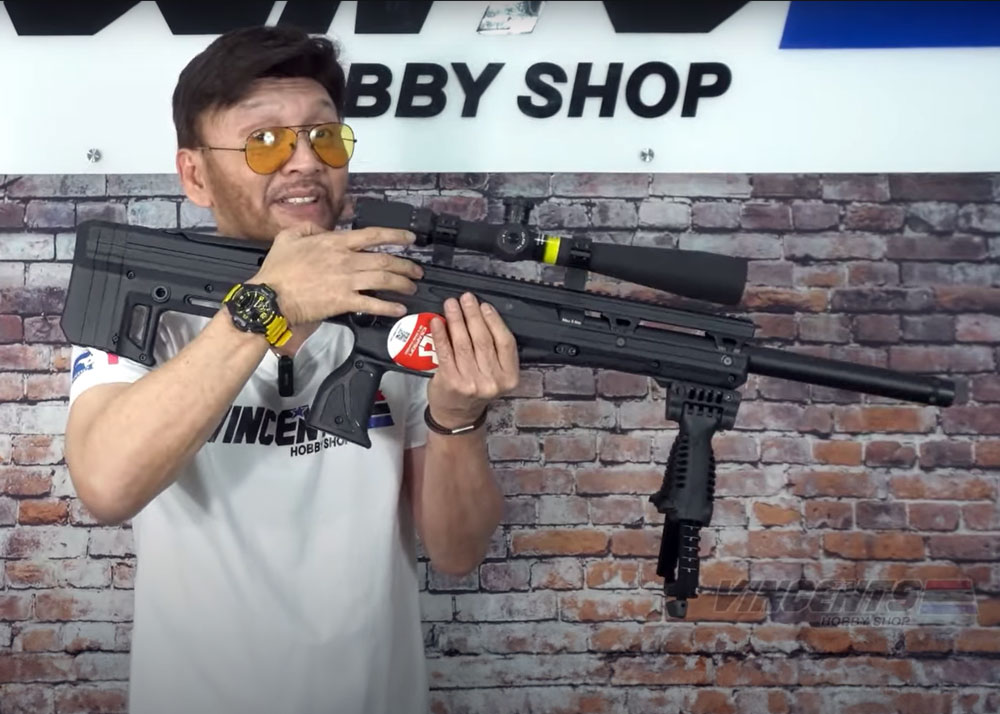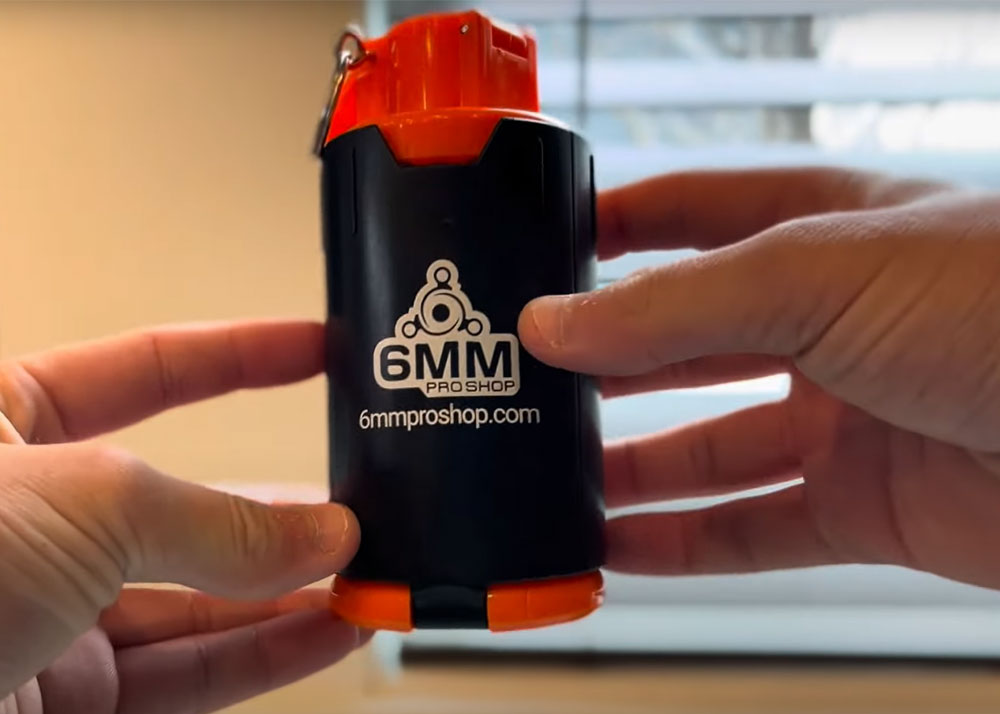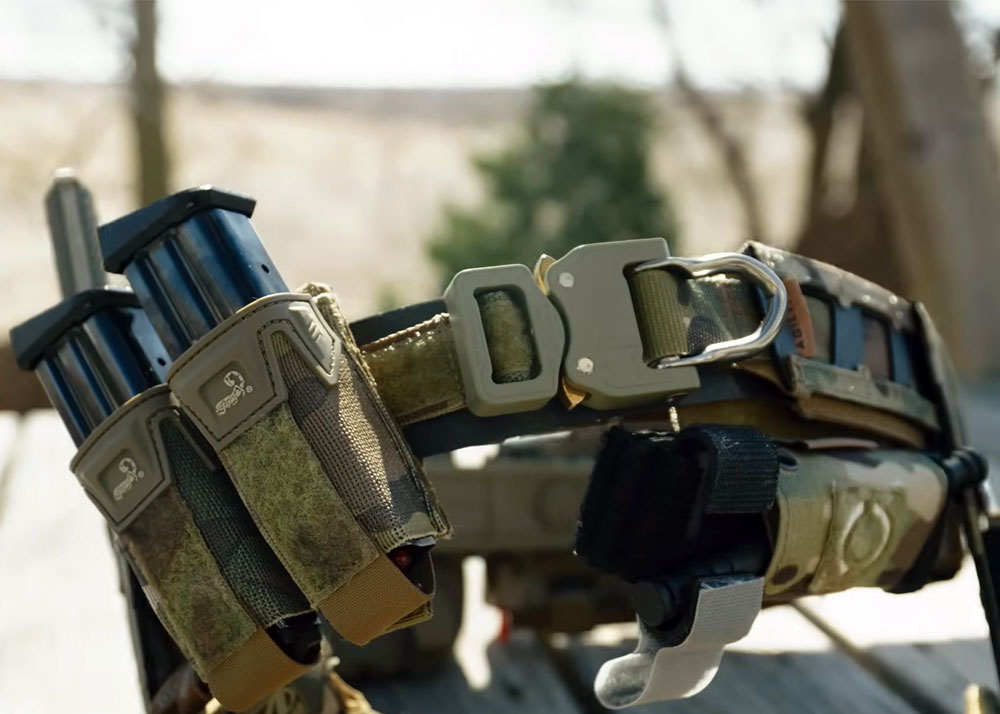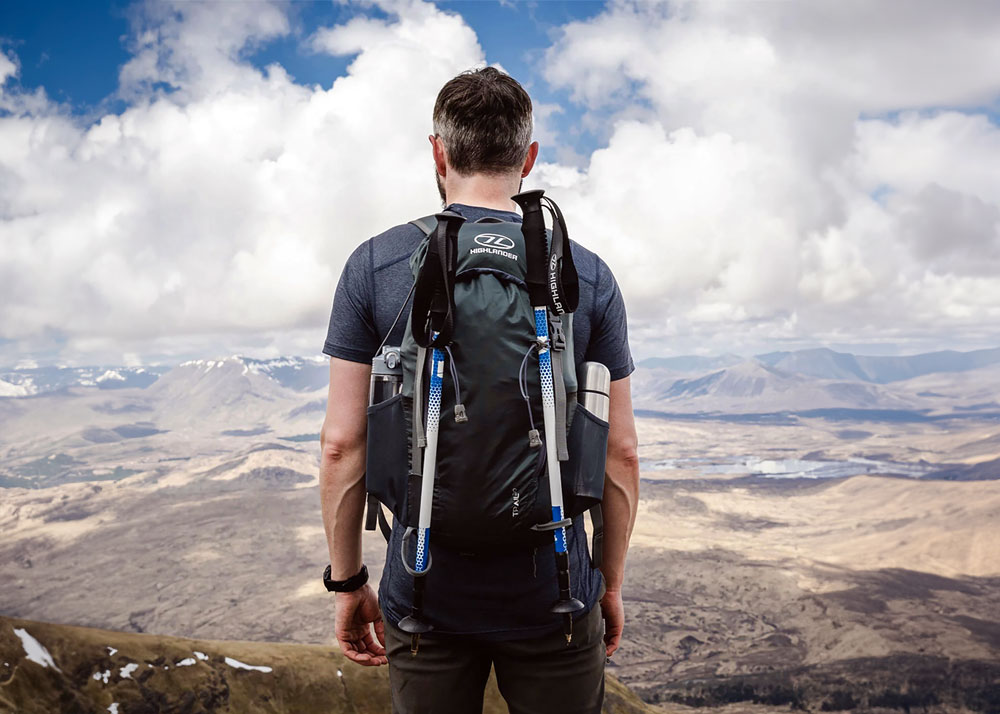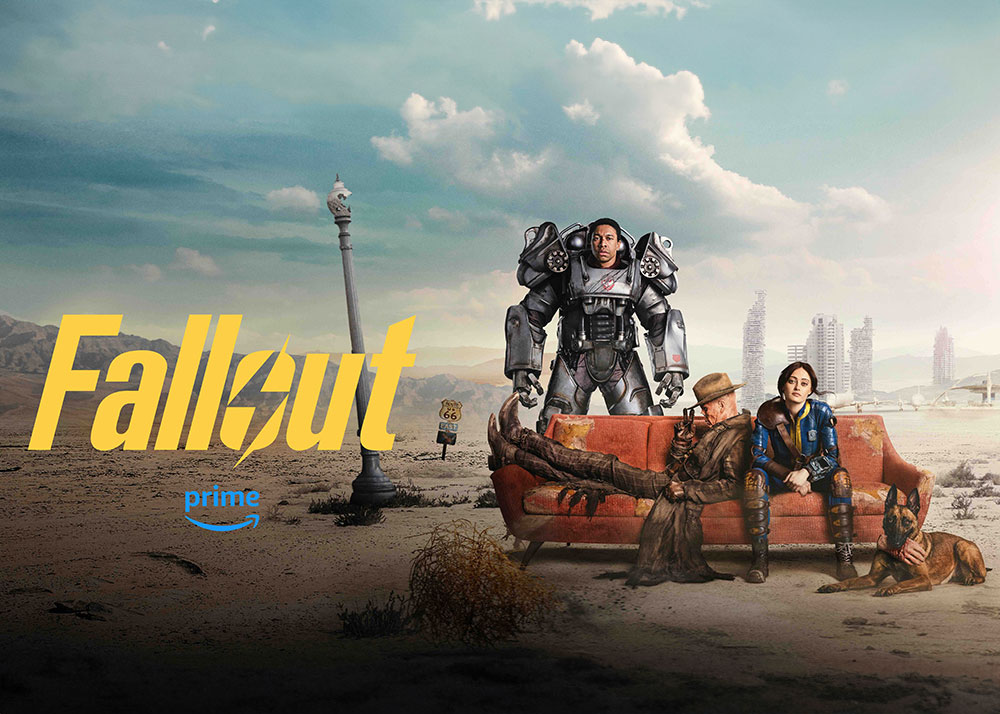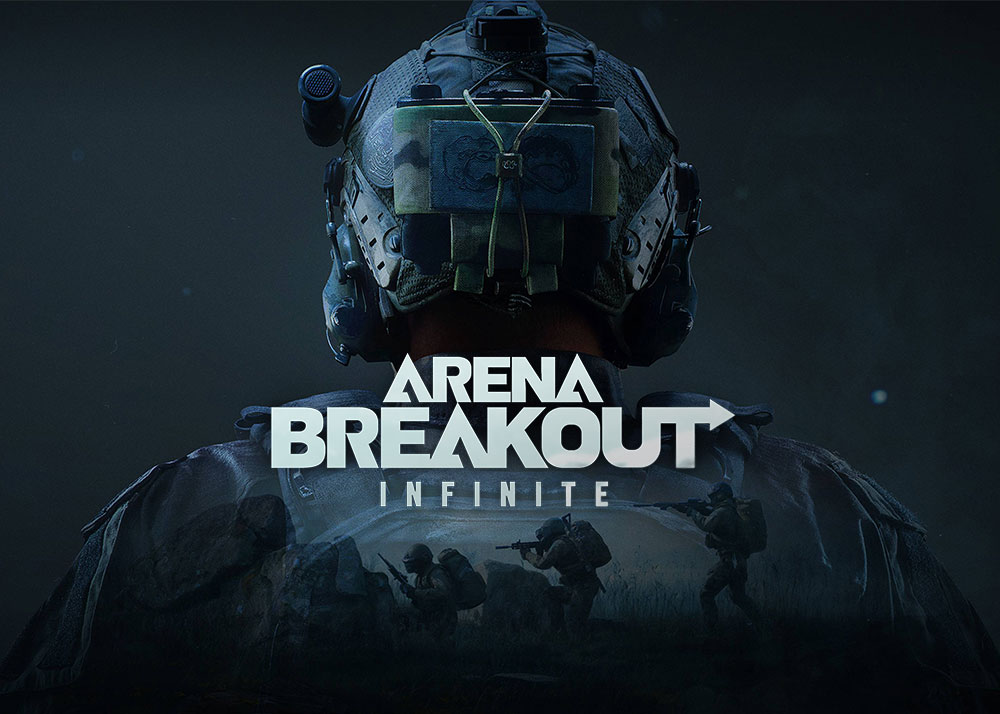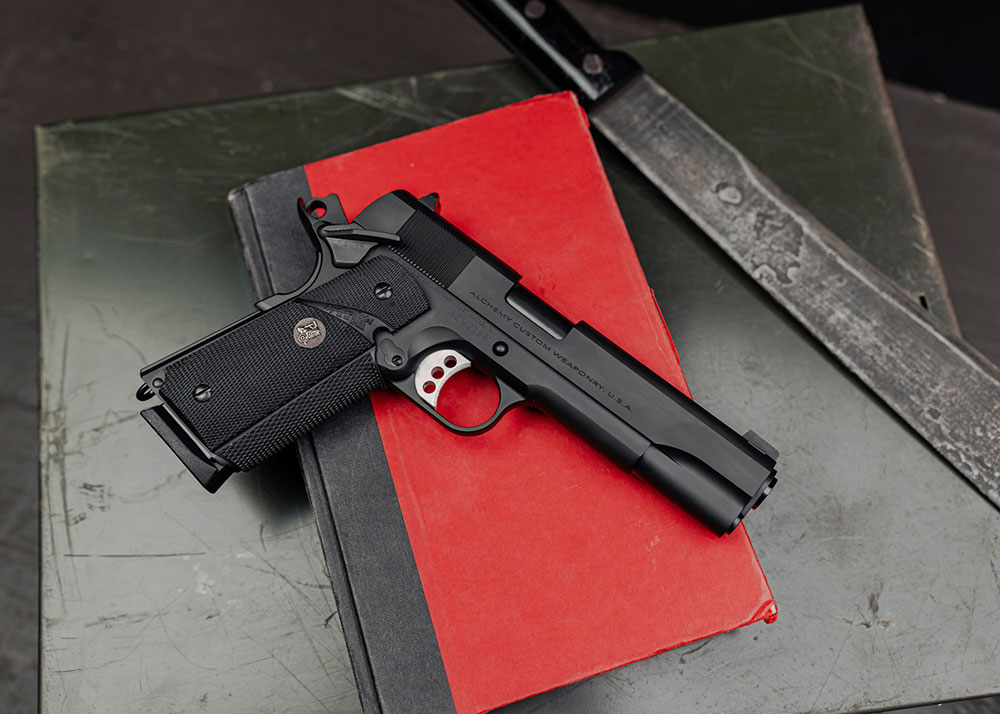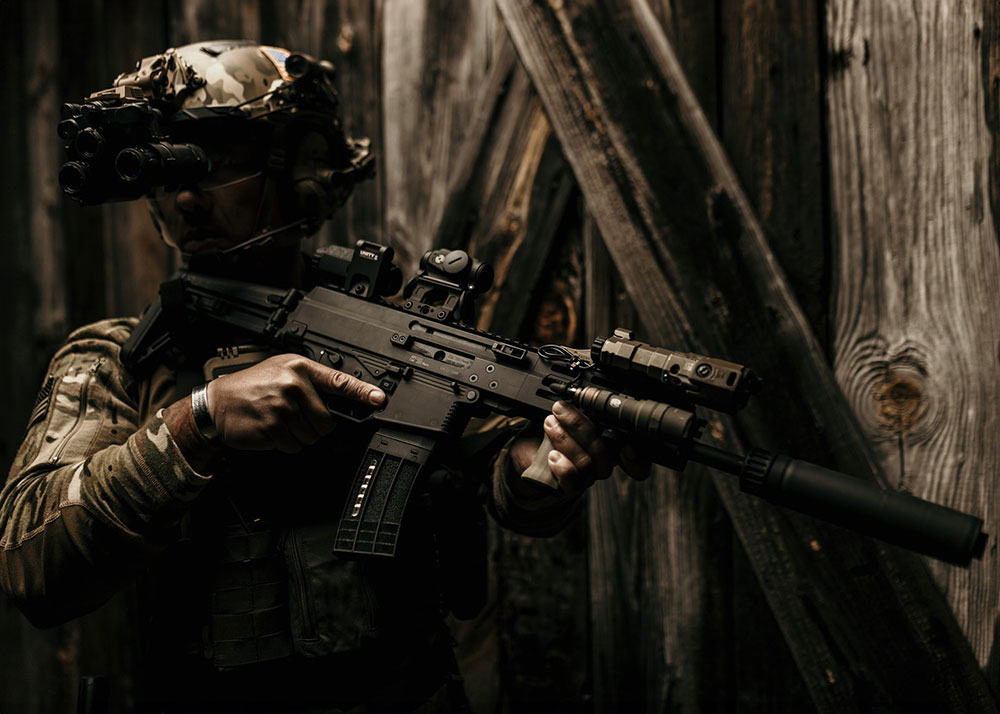Taking Photos in Skirmishes
Ogre
01 Dec 2008
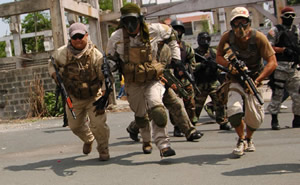
So you want to take photos of airsoft skirmishes? Me too. In fact, I enjoy doing it as much as I enjoy playing. Just about every team these days would have at least one photographer, and now that digital cameras are so affordable these days, it makes it even easier. It’s only a matter of developing an eye to get the best shots possible. I started out with airsoft by photographing games believe it or not.
I’ve been a militaria aficionado for the longest time and photography quite recently, it’s pretty much getting the best of both worlds at least from my perspective. Here’s to sharing what I know and hoping you get the most out of this article.
What you’ll need:
- Safety Gear
- Eye protection. It’s a must, you can use a mesh mask, goggles or shooting glasses, whatever suits your fancy and whichever you’re comfortable with
- Knee pads. At the end of this article, you just might need one. Trust me, you’ll thank me for it
- Vest. Yes, expect to get hit. Might I suggest something to protect the family jewels...
- High Visibility (HiViz) Vest
- Helps players distinguish you as a non-combatant,
- It doesn’t guarantee you won’t get hit. Trust me, I've been there before
- Personally, I’d rather blend in than stand out. It helps me get closer to the action without compromising a player’s position
- Impact protection for your equipment
- At the minimum, have filters installed on your lenses, not as irreplaceable as your eyes but expensive nonetheless
- I’ve used Cokin P-series filter mounts and made polycarbonate face-shield cut-outs, but the image quality suffered. These days, I simply use a multicoated UV filter and walk around with my hand in front of the lens or anything that’s vulnerable
- Rain gear for your camera and other equipment, unless you already have flagship cameras and pro lenses, these are usually weather-sealed
Remember, this isn’t the usual group photos you’ve done. It’s the in-game, smack-dab-in-the-middle-of-the-action photography, not the regular images taken from the sidelines.
General guidelines and how-to’s:
Plan ahead
Know the terrain; ask the organizers where they expect the best fire fights are more likely to occur. It's also a good idea to scout ahead and look for possible vantage points ahead of time.
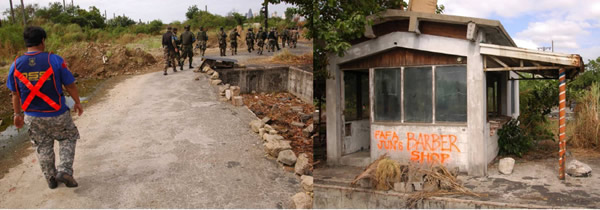
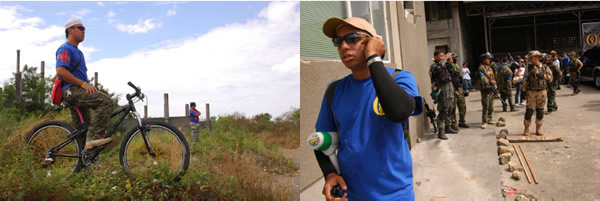
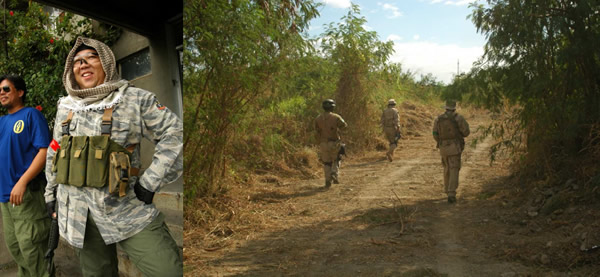


Know the players involved
Especially the good ones; they’re the best people to follow around for great in-game action shots and of course the geardos as well.
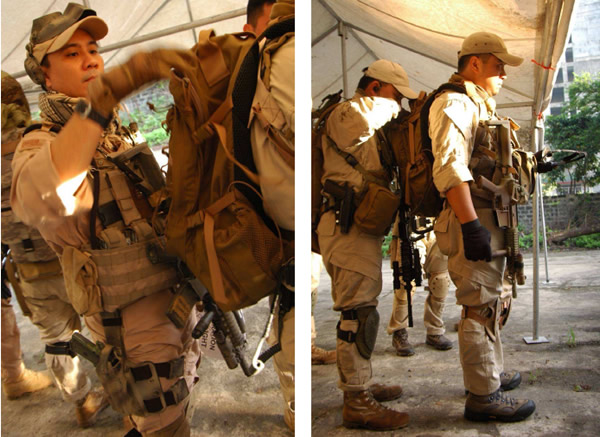
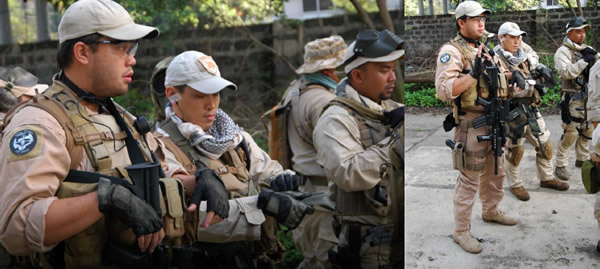
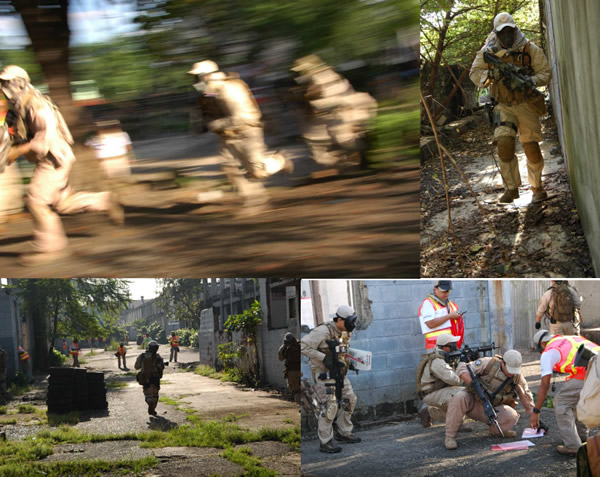
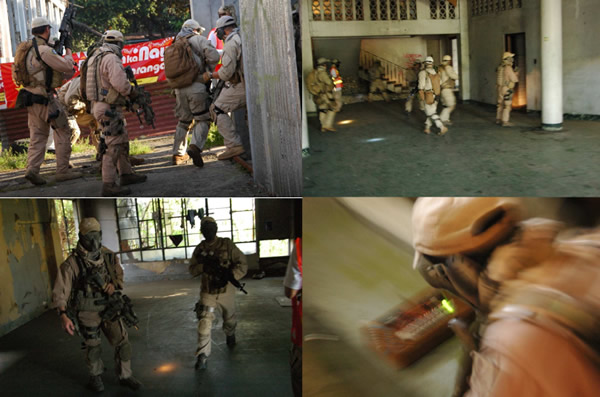
Equipment
Bring equipment you need. No point lugging all that gear when it’ll spend most of its time inside the bag. I’m fond of using my telephoto (70-210mm) and midrange (24-120mm) lenses. I rarely bring speed lights (flash) to a game. Besides, it’s another potential target. Depending on how trigger happy you are, bring enough memory cards with you, or at least an external storage device to dump photos into. Obviously, you should bring enough batteries to last how many gigs of media you have.
Don’t bother bringing anything onsite to edit/view your photos, unless you have a hotel room. But if you must, bring your camera’s video cable or data cable (*whispering* have someone else bring the TV or notebook).
Loadout (photos by thinman)
Comfortable clothing. You should know better what’s comfortable for you. Comfortable for me would be like Hot Toys’ Devgru 2.0 (sans the beard and moustache). Most of the time, I’m wearing my combat shirt and pants with a fully loaded vest. If I’m not feeling lazy, I might just be carrying my primary weapon as well. Yes, I’m pretty much loaded even when taking pics. But like I said, wear what’s comfortable for you. Remember to have knee/elbow pads, expect to be using them.
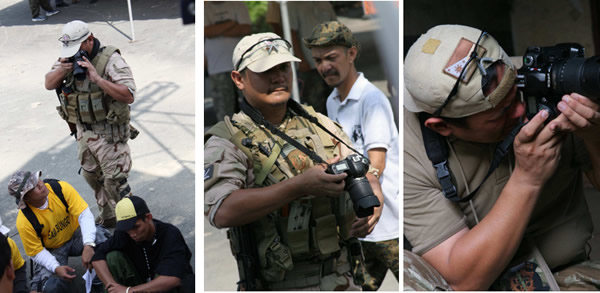
First in, Last out (somehow)
Just like the marines, it’s a good idea to be early for the event. There are many things you can capture as participants arrive and prepare for the game.
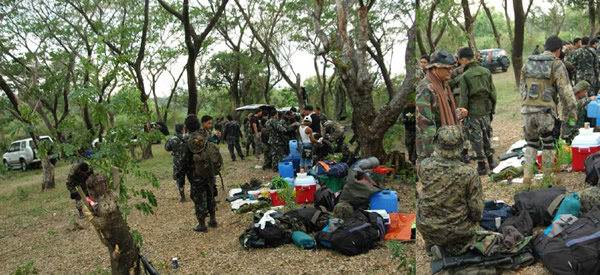
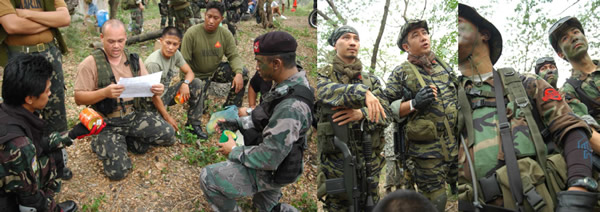
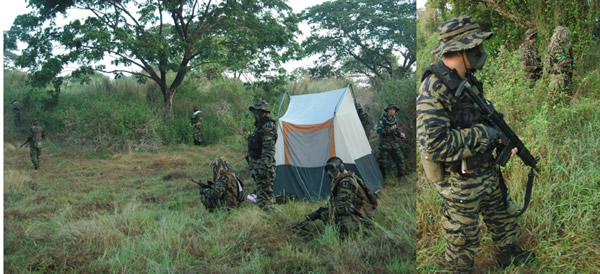


Before releasing the shutter
Have a story in mind. Each photograph should tell a story or at the minimum to support one. Sure you can go around and take photos to your heart’s content, but at some point, you will need to put meaning to what you’re doing.


Stay on your toes and be on the lookout
Think like a photojournalist and learn to anticipate. Anticipation is a skill that can be honed, of course there’s still a level of luck involved, but being at the right place at the right time can be learned. You’ll get the hang of it eventually. Keep a close eye on the game objectives, that’s where the action is bound to happen.
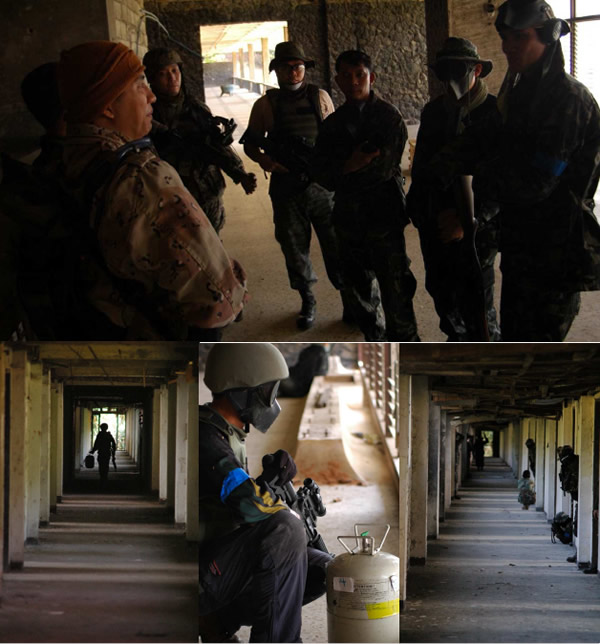
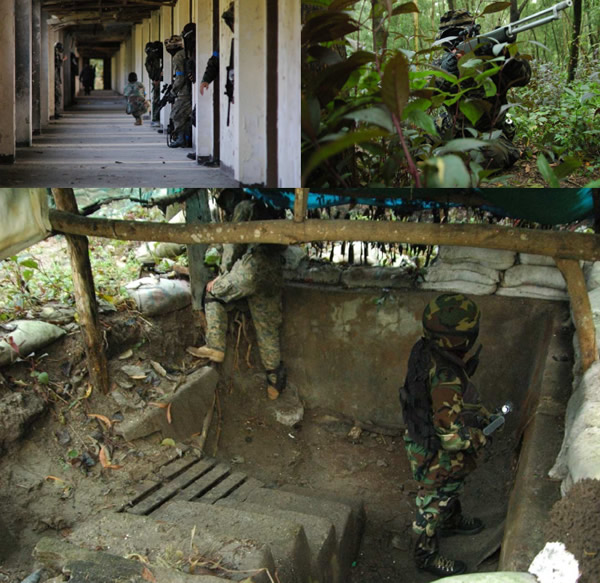


Chimping, it’s a no-no
Minimize viewing your LCD after every shot (chimping). You just might miss something important. Besides, you’ll have plenty of time looking at your photos at the end of the event.
Get as close to the action as you can
Robert Capa couldn’t have said it any better, “If your pictures aren't good enough, you're not close enough”. Be in the frontline and as close to the action as possible. That’s where you’ll get the best images, hence the phrase embedded journalist.
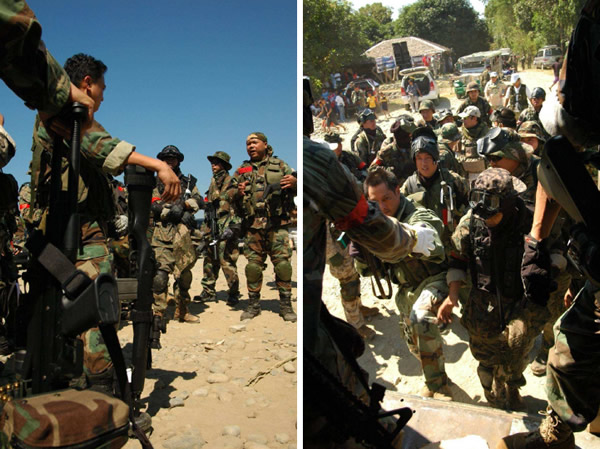

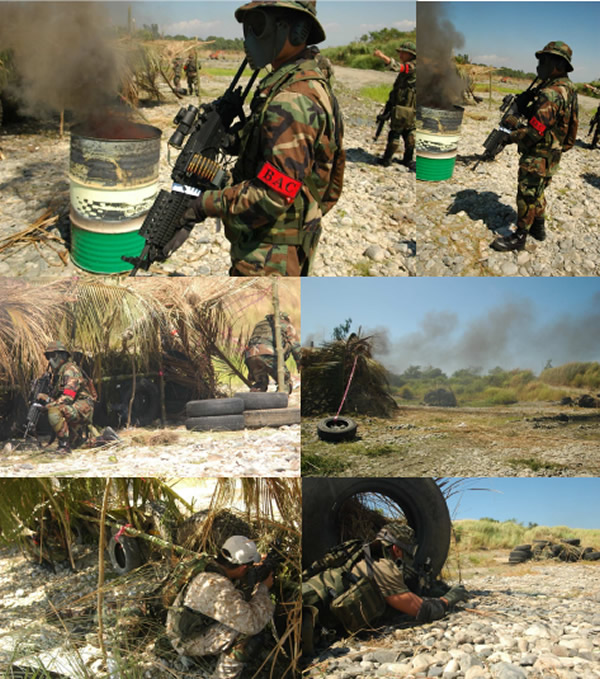



Don’t be in the way
It’s nice to take pics and all, but try not to get in the way of players or expose their position; it’ll otherwise ruin their playing experience. That’s why I prefer wearing camouflage myself; it’s as close to being invisible to everyone else.

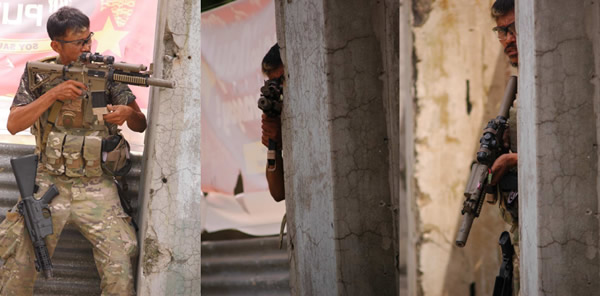

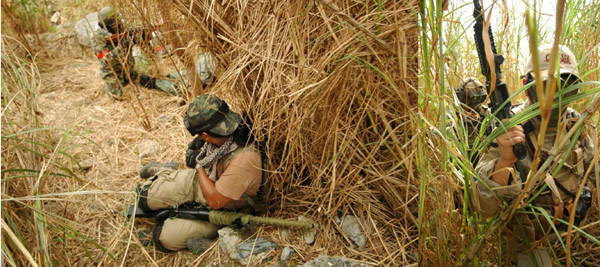

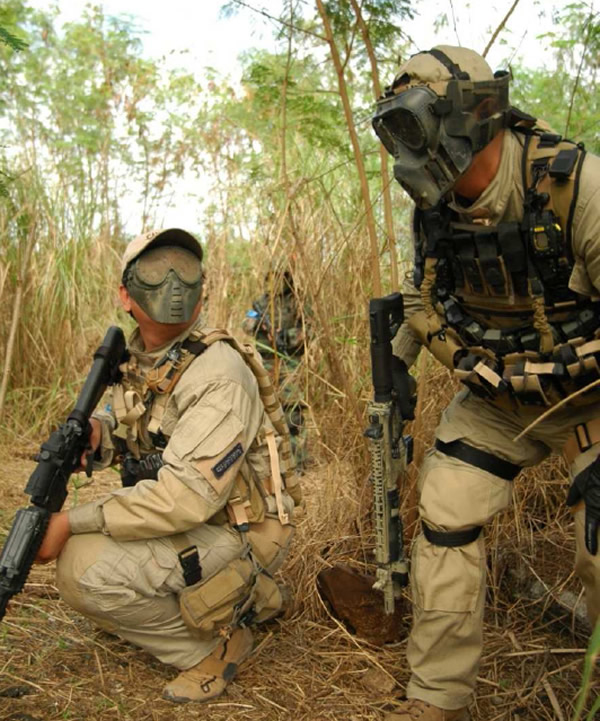
Shoot shoot shoot...
Take as many shots as you can, from different angles and perspectives, long and wide, high and low, portrait or landscape. Every moment is always different from the next, nothing happens twice.

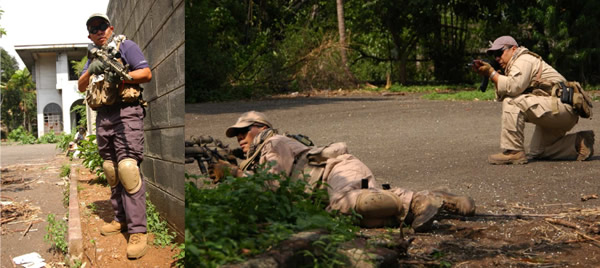
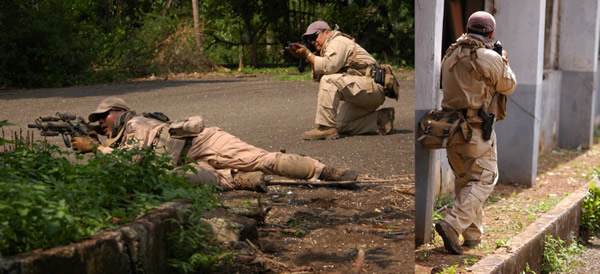
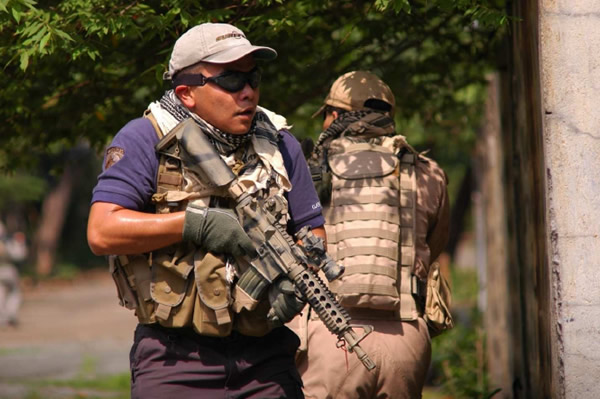
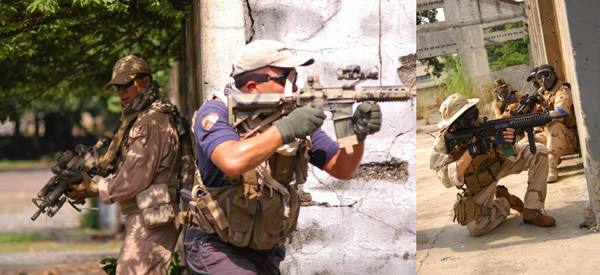
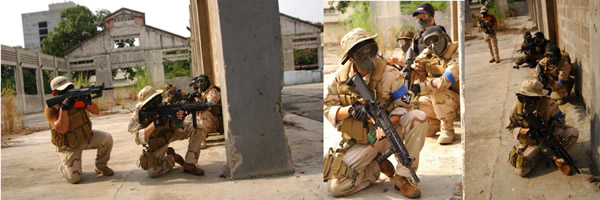

Expect to get hit
No way of going around it. Besides, it’s a small price to pay for those money shots. If you want to minimize getting hit, wear a hiviz vest and stand next to a marshal. Though I doubt it’s a guarantee, even marshals get hit too, you know.
Go around
Most photographers I know pretty much stay with their teammates. I try to go around as much as I can, as there are two sides to every game, you’ll never know what you might see when you go around.



Document what you see
Get detail as you can. I’ve seen some really great opportunities for candid photos, even funny moments people have done. It's a good opportunity to take portraits of people in the background.
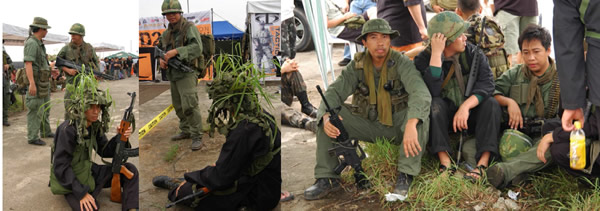
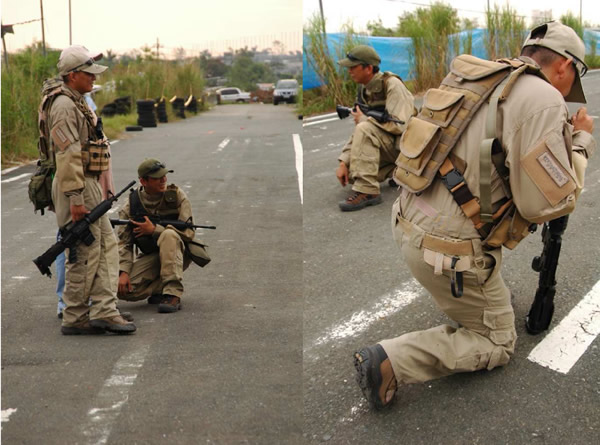
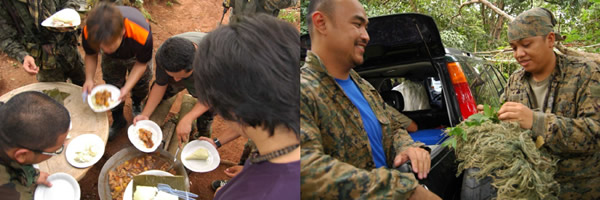
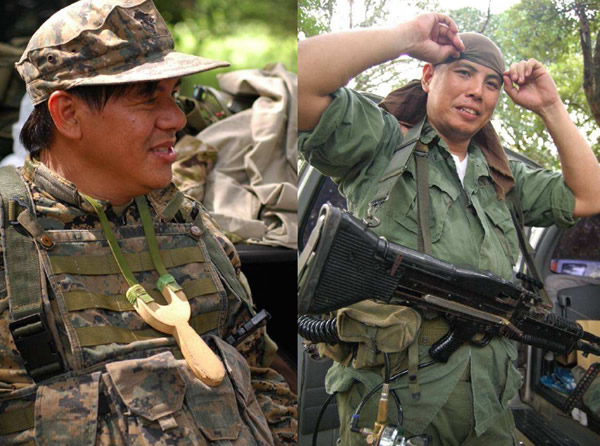

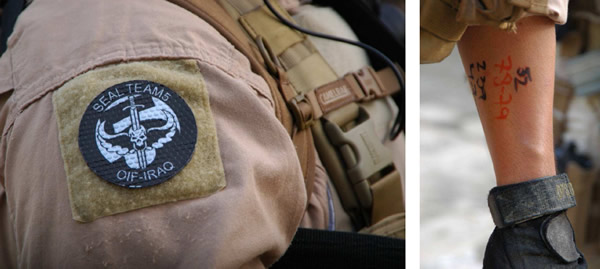
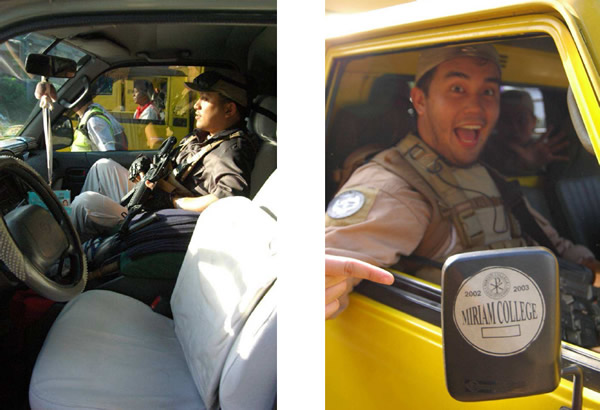


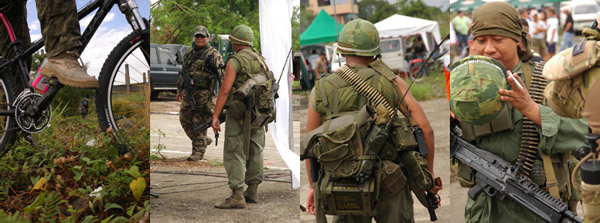
Screw the settings
I suggest you don’t worry too much about ISO, shutter and aperture settings; your camera is actually smart enough to handle that. I would however encourage you to focus on composition techniques.
Nonetheless, here are a few pointers as far as camera settings are concerned:
- I either shoot in A mode (Aperture priority) or P mode (Program mode) when I don’t feel like thinking much. These two settings should be sufficient until such a time you know when to use S mode (Shutter priority, Tv mode for Canon) or M mode (manual) for that matter
- ISO, use low ISO when it’s bright and sunny and high ISO when it’s dark, especially if you experience camera shake/blur, better to have a noisy photo than a blurred one
- My white balance is permanently set to “Flash”, it introduces a little warmth into skin tones. You can also use “cloudy” or “shade” but the skin tones get too warm especially in the afternoon
- Learn the basics, It’s the next best investment to owning a camera
Composition techniques that I use regularly:
- Rule of thirds
- Repetition or patterns
- Framing
- Perspective
- Selective focus
- Leading lines
Try searching for composition techniques, the net is full of them and they prove quite useful.
Things you’ll need in your kit:
- Shower cap or plastic bag, in case of a sudden downpour
- Cleaning implements for your camera body and lens. Use the lint-free kind, you don’t want any lint getting inside your camera, dust bunnies can be annoying
Things to look out for:
- If I haven’t said so enough, expect to get hit. Walk with your camera pointing down and your hand covering the LCD and/or lens
- Wear your knee pads, you’ll never know when you’ll shoot low
- Camwhores, unless of course you don’t mind them
- Ask the organizer if it’s ok to take photos, just in case. Of course it’s a different story if they invite you to take photos
- If there are people who’d like to remain anonymous, for whatever reason, respect it. If you must use images with them in it, edit your images to hide their face
From my experience, the best photos I’ve taken are those people who continue with what they’re doing, whether a photographer is there or not. Remember, always think like a photojournalist.
Pretty much says everything I’ve been doing the past 2 years, or at least I’ve tried to. Pardon my spelling and grammar; I’d like to think of myself as a photographer, not a writer.

